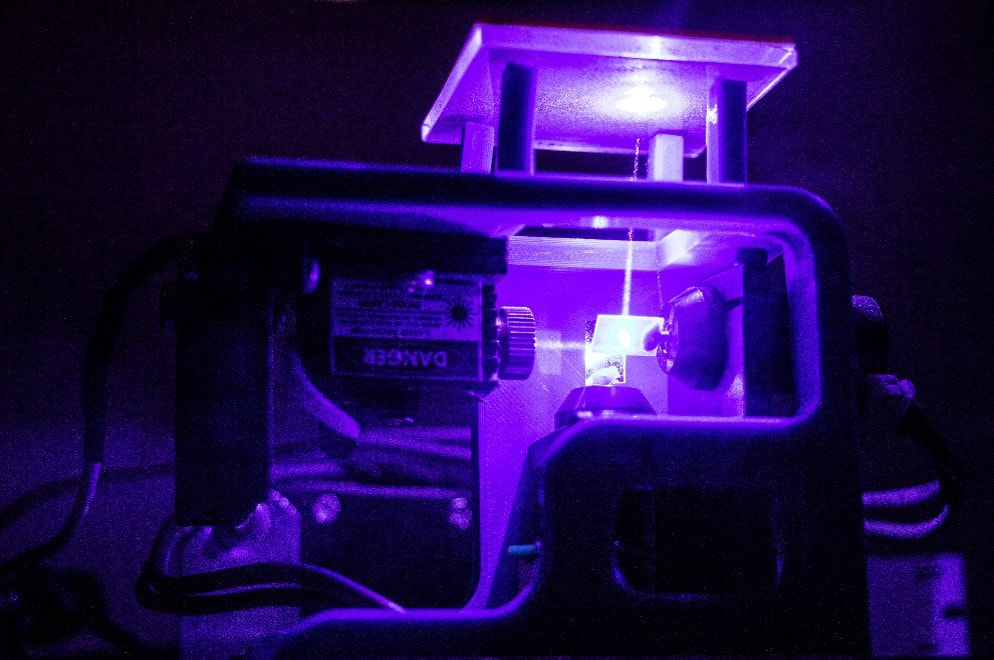|
From automatic speech recognition to discovering unusual stars, underlying almost all automated discovery tasks is the ability to compare and contrast data streams with each other, to identify connections and spot outliers. Despite the prevalence of data, however, automated methods are not keeping pace. A key bottleneck is that most data comparison algorithms today rely on a human expert to specify what ‘features’ of the data are relevant for comparison.
Got data? Contact us if you want to see how smashing works on your data. |
|
Data Smashing is a new principle for estimating the similarity between the sources of arbitrary data streams, using neither domain knowledge nor learning. We demonstrate the application of this principle to the analysis of data from a number of real-world challenging problems, including the disambiguation of electro-encephalograph patterns pertaining to epileptic seizures, detection of anomalous cardiac activity from heart sound recordings and classification of astronomical objects from raw photometry. In all these cases and without access to any domain knowledge, we demonstrate performance on a par with the accuracy achieved by specialized algorithms and heuristics devised by domain experts (see summary of results on the left).
We suggest that data smashing principles may open the door to understanding increasingly complex observations, especially when experts do not know what to look for. |
learn more |
Project participants |
Ishanu Chattopadhyay and H. Lipson
|
Related Publications |
I. Chattopadhyay and H. Lipson, "Data Smashing: Uncovering Lurking Order In Data", Roy. Soc. Interface, 2014 vol. 11 no. 101 20140826
|



